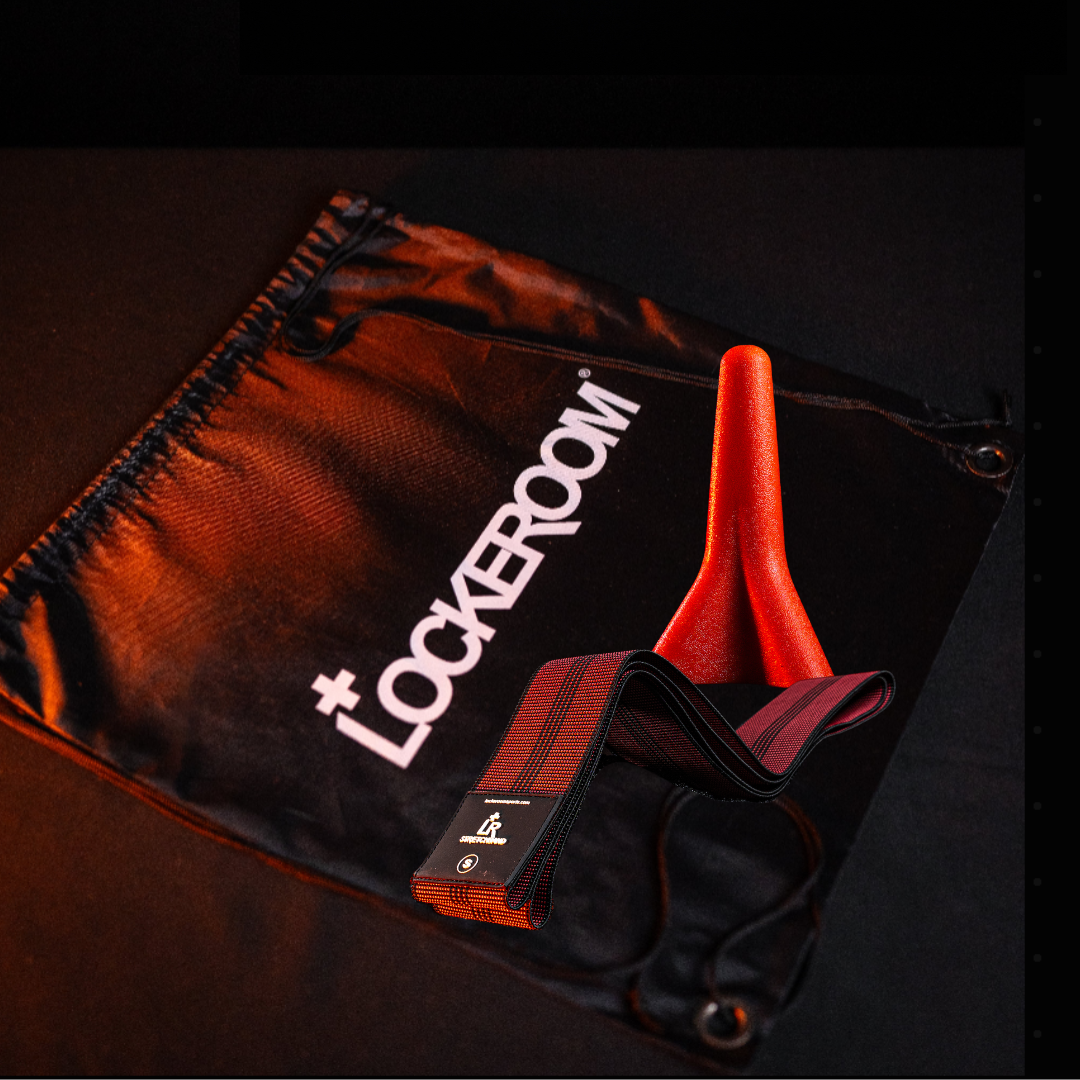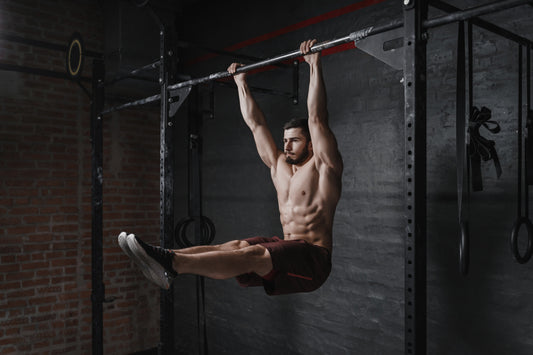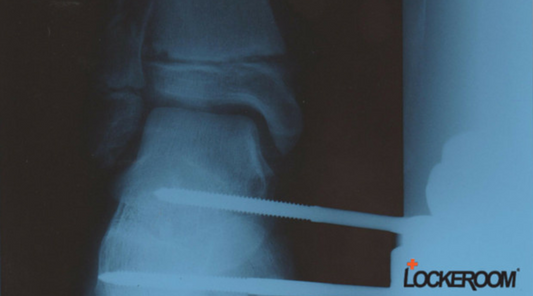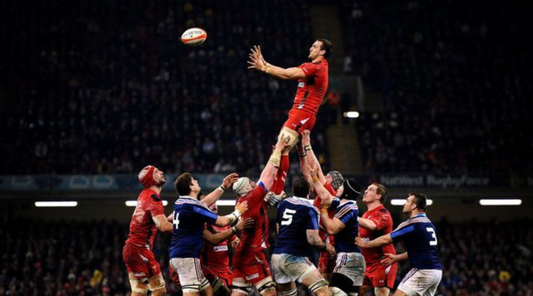
Q&A with Cam
Learn what might be behind your symptoms
Who is most likely to seek treatment for QL tightness?
Tightness or injury to the Quadratus Lumborum (QL) often manifests as lower back pain, particularly in the lower thoracic and upper lumbar regions, with tightness around the lower ribs.
Most likely causes are poor posture, prolonged sitting, standing at work, continual lifting, obesity or being poorly conditioned, and pregnancy.
Weakness in the glute muscles can exacerbate QL tightness, as the QL compensates for inadequate pelvic control. Individuals with poor gait mechanics, such as runners, walkers, and cyclists, may experience QL tightness due to excessive strain and poor movement patterns. This tightness is often linked to poor core and pelvic control, tight hip flexors, and improper bike setup or riding technique.
What's the best way to reduce tightness in my lower back?
When experiencing Quadratus Lumborum (QL) pain, the best course of action involves a multi-faceted approach to relieve tightness and improve Lumbo Pelvic Control.
- Use a trigger tool, such as a Rocket, Pocket Physio Max to release muscle tightness in the QL
- Try stretching exercises for the Lats with a Stretchband to address related tightness and improve flexibility
- Focus on improving thoracic extension with a Posture Pro Dome to enhance overall posture and reduce strain on the QL
- Strengthen your abdominal muscles using the Dome to support your core stability
- Use resistance exercises to strengthen the glutes with Mini bands, as strong glutes can reduce compensatory strain on the QL and promote better overall movement mechanics
Why is the relationship between QL and Glute muscles so important?
To address QL tightness, it is essential to strengthen the glutes, improve gait mechanics, and ensure proper posture and equipment setup to alleviate excessive strain on the QL.
In stance including walking, running, standing on one leg, the right QL and left Glute Medius work in unison to provide lateral pelvic stability. Adding core exercises to your program will further enhance stability.
I got kneed in the back playing footy and now my lower back is really sore. What have I done?
Traumatic injuries to the lower back like a direct blow from knees can occasionally involve fractured to the transverse processes. This type of injury is particularly painful immediately due to the QL's attachments and its crucial role in stabilizing the lumbar spine.
It is most commonly seen in contact sport athletes who experience high-impact collisions. To manage such an injury, it is essential to immediately address pain with ice, using an Icemate to reduce inflammation and discomfort. Seeking prompt medical diagnosis is crucial to assess the extent of the injury and determine appropriate treatment.
How long does it normally take for the symptoms of QL tightness to disappear?
Tightness only in the QL from exertion or a minor strain can disappear in days and will respond well to an individual's self management. More significant tightness or longer term issues may take months. It requires reducing tightness and spasm, improving lumbo-pelvic and hip control. Individuals who are more deconditioned clearly will take longer to settle discomfort.














